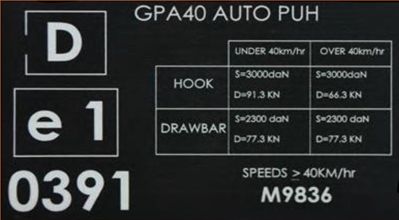Couplings and secondary couplings on agricultural vehicles
Legal limits, coupling types, de-coupling and coupling ratings.
This content is for general information only. It does not, and is not intended to, provide legal or technical advice or to represent a legal interpretation of the matters it addresses.
Frequently asked questions
| Coupling | Image | Explanation |
Hook and ring | 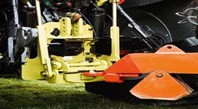 | Commonly used on agricultural vehicles in Ireland, usually limited to vertical loads less than or equal to 3,000 kg i.e. downward force placed on the hitch by the coupling at the point of connection. |
Pin and eye | 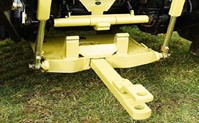 | Usually used when drawing pieces of interchangeable towed equipment. Limited to vertical loads less than or equal to 3,000 kg. |
Ball and hitch | 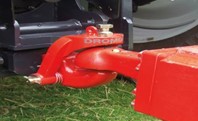 | Usually limited to vertical loads of less than or equal to 3,000 kg but may be approved for a 4,000 kg load while complying with ISO 24347 and approved under ECE Reg. 55) Refer to manufacturer’s plate on rear of tractor or contact original manufacturer. |
Secondary coupling for agricultural trailers | 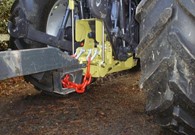 | An additional coupling to any of the above consisting of a safety chain or wire rope ensuring trailer remains attached to its towing vehicle if the primary coupling fails or becomes detached. Such couplings should be appropriately approved and rated. |
We do not provide advice on a case-by-case basis. You will need to contact the original manufacturer or authorised distributor for the most appropriate coupling for your vehicle or trailer.
Every vehicle is different and there is no specified minimum or maximum height in road traffic law. Contact the original manufacturer or authorised distributor for advice specific to your vehicle. A coupling device should be mounted at the appropriate height to ensure the attached trailer remains level as this helps with proper load distribution which ultimately improves stability.
This work should only be carried out or approved by the trailer manufacturer or authorised distributor. It is also important to ensure that the strength of the coupling is correct for the towing vehicle and trailer loads.
Most tractors will be fitted with a plate near the coupling device detailing the maximum load the coupling can carry. This plate illustrates that this particular coupling when the towing hook is used has been rated for a maximum load of 3,000daN (3,059 kg) and 2,300 daN (2,345 kg) when the drawbar is used at speeds under 40 km/h.
